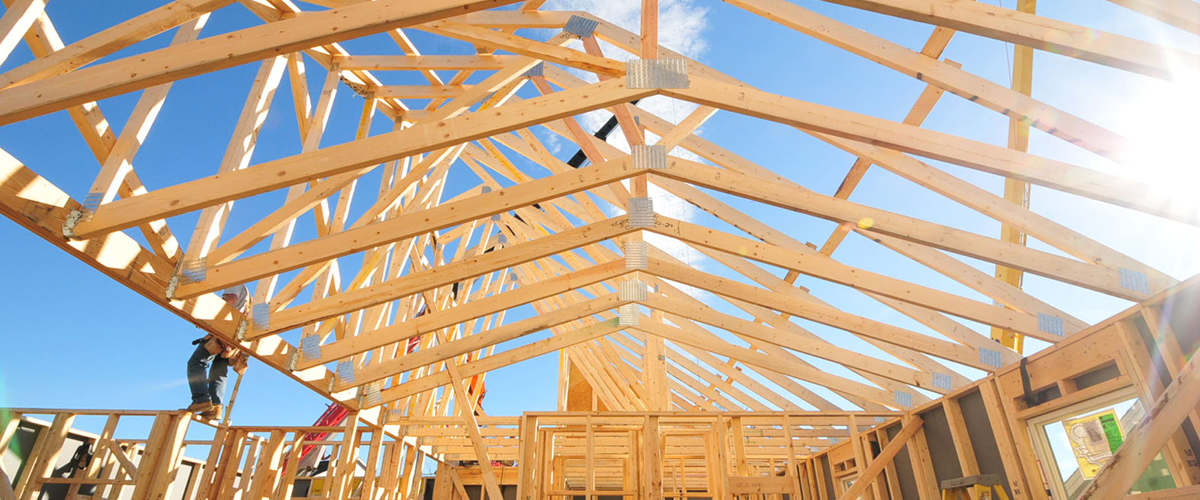Housing Forecasters Cautiously Optimistic About 2024
Originally Published by: Builder Online — February 1, 2024
SBCA appreciates your input; please email us if you have any comments or corrections to this article.
While the prevailing sentiment heading into 2023 was that the overall economy would move into a mild recession, the year was characterized by resilience in the labor market and a steadying of mortgage rates at the end of the year. In the fourth quarter, GDP grew by 3.3%. However, reports of significant layoffs across major organizations, such as Google, CitiBank, and UPS, suggest the impact of the Federal Reserve's 11 rate increases may still be working its way through the economy.

“Keep your eyes on the economy. Don’t get complacent with where things are. But for now, [the] economic backdrop is still incredibly solid,” Zonda chief economist Ali Wolf shared during the most recent National Housing Market Update webinar.
In the housing market, affordability remains the chief impediment to demand. While activity has recovered as mortgage rates have come down from near 8% levels last fall, 80% of builders surveyed by Zonda indicated that current mortgage rates impacting affordability are the biggest hurdle for demand. Consumer confidence, the lock-in effect, home prices, and consumers electing to “wait and see” are other top hurdles related to demand cited by builders.
“Housing affordability [concerns are] almost our new normal in today’s backdrop,” Wolf said. “So it’s incumbent on us to figure out how we can still be successful despite that as one of the big headwinds.”
Wolf said the new-home market has an advantage over the existing market in terms of how it can address affordability. Solutions and relief can come from mortgage rate buydowns and adjustments to product type and size.
“What builders and the development community can do is instead of saying, ‘We need a 20% systemwide drop in prices to restore affordability,' we can impact affordability on a case-by-case, community-by-community basis,” Wolf said. “We can impact the average sales price without it being a systemwide, whole market drop. It becomes more of a communitywide solution to some of the problems we are looking at.”
Zonda principal Tim Sullivan shared that 42% of builders reported raising prices in January, mostly between $1,000 and $5,000. More than half of builders reported holding base prices steady.
“I think this reflects caution,” Sullivan said. “And as we move into a forward look, the builders are generally expecting a little bit of a bump [in prices in 2024].”
Approximately 56% of builders said they expect prices to increase between 1% and 5% in 2024 compared with 2023, with an additional 23% expecting prices to stay flat. Only 4% of builders said they are expecting prices to fall in the calendar year, according to Sullivan.
Market Dynamics
The new-home market outperformance relative to the existing-home market is a trend that is expected to continue into 2024, according to Wolf.
“Existing-home sales [were] at the lowest level since 1995 in 2023, [while] Zonda’s measure of new-home sales was up 11% in 2023 over 2022,” Wolf said. “If you think about why, it’s pretty clear. You have a little bit more inventory that’s available and the incentives that can really help address either people’s fear of the market or people's financial concerns or stress in today’s market.”
Through January, a majority of builders reported demand remained positive. Sixty-five percent of builders surveyed by Zonda said January demand was in line with expectations, and 20% said demand was stronger than expected. Builders indicated that the stability in rates was a key factor in improved, but not urgent, demand.
“A big thing that was mentioned in the builder survey was this idea of stability in rates,” Wolf said. “We’ve seen so much mortgage rate instability over the past handful of months. So that stability is allowing demand to improve a little bit, but a key theme is [demand] is still not urgent.”
However, Wolf said while more optimism is present in the market and consumer confidence is improving, builders are still cautious about the market.
“When we ask builders to describe the market in three words or less, cautious was the No. 1 most-used phrase,” Wolf said. “And it makes sense. There are concerns about how sustainable is demand at today’s pricing levels [and] how sustainable is demand with today’s interest rates.”
Who Are the Buyers?
After representing the most active demographic buyer group for the past decade, millennials were surpassed by baby boomers in 2023. Baby boomers accounted for 39% of home buyers in 2023, followed by millennials (28%) and Gen X (24%). Wolf said the reversal falls in line with logic, because baby boomers are the most wealthy generation and more likely to be able to overcome many of the affordability hurdles present in the current housing market.
Other notable trends in buying demographics include a decline in market share for married couples, an increase in the share of single females buying homes, and an increase in the share of multigenerational homeowners.
